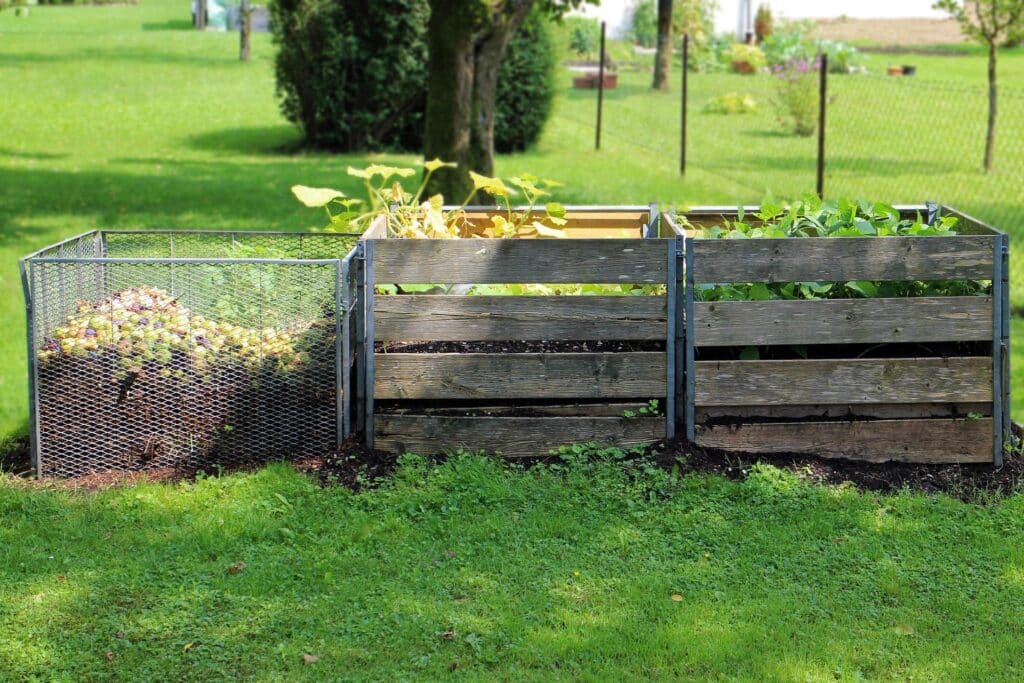When you see a house fly buzzing around your home, it’s easy to think of it as just an annoyance. However, house flies are more than just a nuisance; they can also carry diseases and contaminate food, making it important to address their presence effectively.
Understanding the house fly life cycle is key to managing and preventing infestations. This blog will help you learn about their development stages, so you can take proactive steps to minimize their impact and maintain a healthier living environment for you and your home!
The Four Stages of the House Fly Life Cycle
The house fly life cycle consists of four stages: egg, larva (maggot), pupa, and adult. Each stage has its own unique traits, and knowing these can make a big difference in managing flies in your home effectively! Here are the four stages of a house fly life cycle:
1. Egg Stage: The Beginning of the Cycle
House flies begin their life cycle as eggs. These eggs are tiny, white, and difficult to see with the naked eye. Female house flies can lay up to 150 eggs at a time. Depending on environmental conditions, these eggs hatch quickly, usually within 24 hours. Common places for egg-laying include:
- Garbage bins: House Flies are attracted to garbage bins, especially if they are not regularly emptied.
- Compost piles: Organic material in compost piles provides food and warmth for house fly eggs.
- Animal feces: Animal waste is another nutrient-rich site for house fly eggs.
2. Larva Stage: The Maggot Phase
Once the eggs hatch, the larvae, commonly known as maggots, emerge. This is the most active feeding stage in the house fly development process. Maggots are worm-like and feed on the decaying organic matter where they hatched.
- Growth: Maggots grow rapidly, molting several times as they consume available food. Their rapid growth during this stage makes them highly efficient at breaking down organic material, but it also means they quickly move on to the next stage.
- Duration: This stage lasts about 3 to 5 days under ideal conditions but can vary based on temperature and food availability.
- Habitat: Maggots are usually found in the same places where the eggs were laid—garbage, compost, or animal waste.
3. Pupal Stage: The Transformation Period
Once maggots have reached their full growth size, they enter the pupal stage.
- Protective shell: The pupa forms a hard brown shell around itself, which acts as protection during this vulnerable stage.
- Duration: The pupal stage lasts about 3 to 6 days, depending on environmental conditions.
During this period, the maggot undergoes significant changes. They stop feeding and begin to transform into adult house flies. This transformation also marks the end of the fly‘s development process.
4. Adult Stage: The Final Phase
The final stage of the house fly life cycle is the adult stage. Once the adult fly emerges from the pupal case, it’s ready to begin its life of feeding and reproduction. The adult stage is the phase most people are familiar with. Adult house flies are active, constantly seeking out food and places to lay their eggs.
- Lifespan: An adult house fly can live for about 15 to 30 days, depending on conditions such as temperature and food availability.
- Reproduction: Adult house flies are capable of reproducing within just a few days of emerging, starting the cycle all over again.
This is also the stage where they are most likely to come into contact with humans, with the potential spreading of pathogens, such as viruses, bacteria, fungi, protozoa, and nematodes.
How to Disrupt Each House Fly Life Cycle
Knowing the details of the house fly life cycle can improve your ability to control their population in your home. Each stage of their development presents different opportunities for intervention. Let’s take a look at them below:
- Egg and larva stages: Make sure to manage and remove food sources like garbage, compost, and animal waste. Regular cleaning and prompt waste disposal can help prevent eggs from being laid and larvae from developing.
- Pupa stage: While it’s tricky to target pupae directly, maintaining clean environments can reduce the likelihood of the pupae surviving to adulthood.
- Adult stage: Fly traps and screens can help control the adult population. Properly sealing doors and windows can also prevent adult flies from entering your home.
Manage House Fly Infestations with Aptive Pest Control
In the cases of serious house fly infestations, it may require adopting a strategy combining prevention and professional pest control intervention. Take the first step towards a more comfortable home with Aptive’s fly pest control services!
Contact us today for a free quote and learn how our pest control services can help you create a more comfortable and pleasant living environment!









